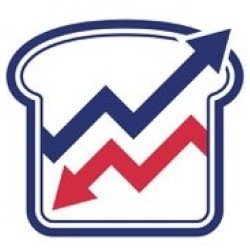45 Million Americans Lack Access to High-Speed Internet According to The FCC | Cord Cutters News
Digital Divide: The High-Speed Hurdle
In today’s fast-paced digital world, high-speed internet is not just a luxury; it’s a necessity for education, business, and staying connected. Yet, a staggering 45 million Americans find themselves on the wrong side of the digital divide, lacking access to this essential service1. The Federal Communications Commission (FCC) has raised the bar for what constitutes high-speed internet, setting new benchmarks at 100 Mbps for downloads and 20 Mbps for uploads2. This move underscores the growing demand for faster and more reliable internet nationwide.
The impact of this digital gap is profound, especially in rural areas and Tribal lands where nearly 28% and over 23% of the population, respectively, are without fixed terrestrial broadband service2. Even mobile 5G-NR coverage, which the FCC considers high-speed at 35/3 Mbps, fails to reach about 36% of rural Americans and over 20% of those on Tribal lands2. The consequences are far-reaching, affecting everything from educational opportunities to economic growth.
To bridge this divide, the FCC’s new standards aim to encourage internet service providers (ISPs) to expand their services and meet the needs of today’s consumers. With federal grants at stake, ISPs are now incentivized to upgrade their infrastructure to deliver the speeds that modern life demands1. This is not just about connecting people; it’s about empowering communities and fostering equal opportunities for all.
As we look to the future, the FCC has set ambitious goals for schools and classrooms, with a short-term benchmark of 1 Gbps per 1,000 students and staff, a target already met by 74% of school districts2. The long-term vision is even bolder, aiming for a 1 Gbps/500 Mbps standard to ensure that America’s educational institutions have the robust communication systems they need to thrive in a global economy………![]() [read more]
[read more]
Rising Dough
 With the FCC’s new benchmarks for high-speed internet, consider the ripple effects on the economy and society. How might improved internet access influence the entrepreneurial landscape in rural and underserved areas?
With the FCC’s new benchmarks for high-speed internet, consider the ripple effects on the economy and society. How might improved internet access influence the entrepreneurial landscape in rural and underserved areas?
*Click on the “Full Loaf” icon to read the full article! After you read the full article, let us know your thoughts.
Share this content:












